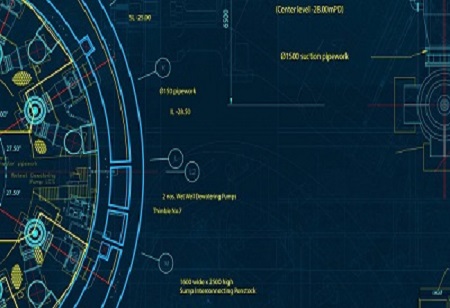Digital transformation has left no industry segment untouched. The way it transforming operational procedures across industry verticals is going to redefine all production and development methodologies. CAD/CAM is one of those trends which are bringing about a significant change in manufacturing. While there are many who are rooting for the application of new technologies like virtual reality and machine learning, studies suggest that although these are going to catch up soon in terms of their use cases, the market will continue to focus strongly on 3D modeling. Experts surmise that 3D modeling will continue to be one of the top trends in the next five years to come. As per a report by Grand View Research, the global 3D CAD software market size is all set to become worth USD 13.04 billion by 2025, growing at a CAGR of 6.2 percent.
Let us look at some of the major CAD trends that are going to take this revolution further ahead.
Cloud Based CAD
Many small and medium sized businesses (SMBs) are now able to afford cloud-based CAD. As a result, the state-of-the-art solutions used by leading companies have now come under their budget’s purview. Moreover, in contrast to conventional CAD software, it does not demand any requirements like large IT capability or expensive hardware.
CAD on the cloud is beneficial for companies of all sizes, enabling them to sustain even in difficult times. As the market progresses, we may expect a change in supply chains and regulations, which will in turn encourage more and more companies to adopt cloud. Hence, CAD is gradually moving from continuous licensing models approach towards SaaS. “Companies of all sizes will seek out product development tools that enable the instant redeployment of their software tools and data – and that can pull back their valuable IP from their old suppliers,” says Jon Hirschtick, VP, President of SaaS at PTC.
Collaborative Design
Collaborative design is growing in usage as it is proving to be effective in sharing of design information. It is reducing the design time considerably and helping in improving product quality in the long run. Followed by its aggressive adoption, we are seeing a hiked intent amongst designers and engineers to share their work with their colleagues across the globe through varied networks.
3D Printing
3D printing is another trend which is not going to wane any time soon as it has far reaching potential. Owing to its efficacy, manufacturing is readily being predicated on CAD modules, which in turn is making it convenient for the developers to produce cutting-edge solutions. With the production of the prototype being the most significant part, development of a perfectly tailored CAD model continues to be the priority.
Generative Design
Last but not the least is generative design which follows a proactive approach wherein engineers can input design parameters as opposed to assessing design concepts after their development.
With such trends like generative design, augmented reality, IoT and the transition to SaaS, the CAD industry is all set to tread further ahead on the path of growth and make an impact on several business functions.
 Magazine
Magazine
